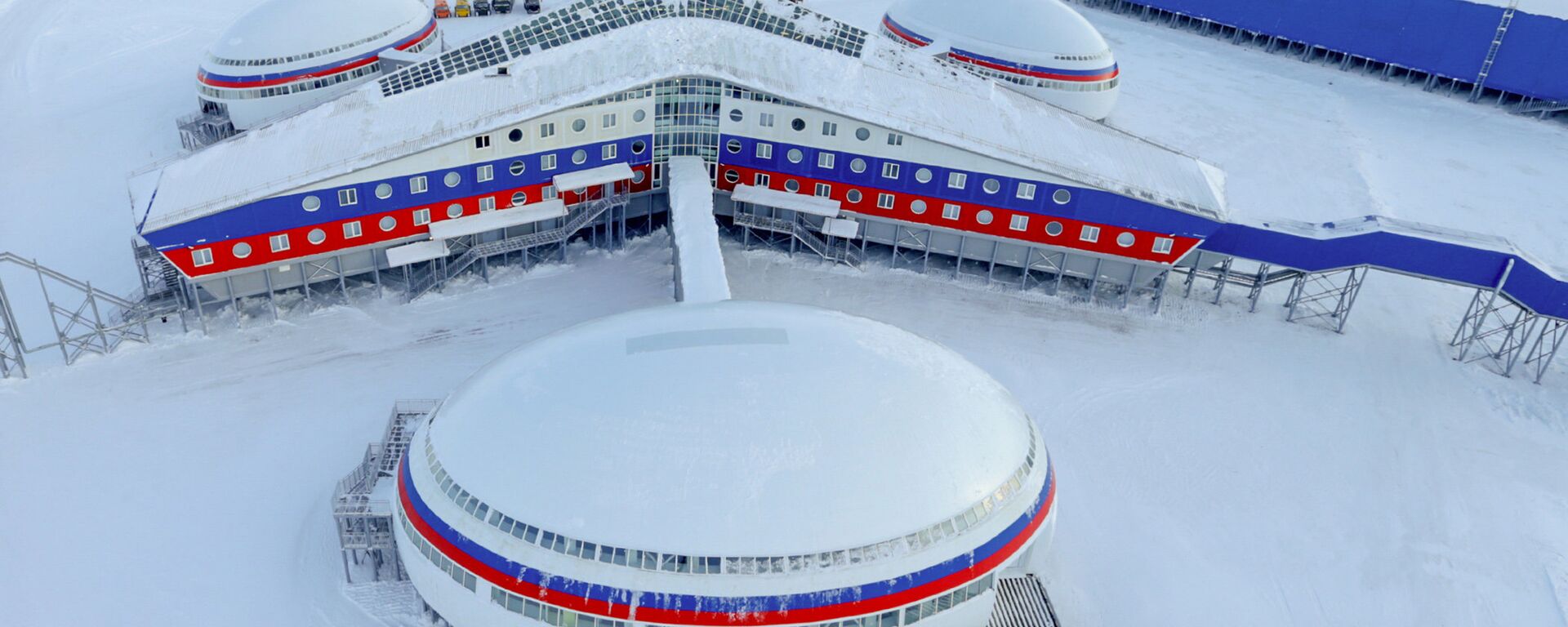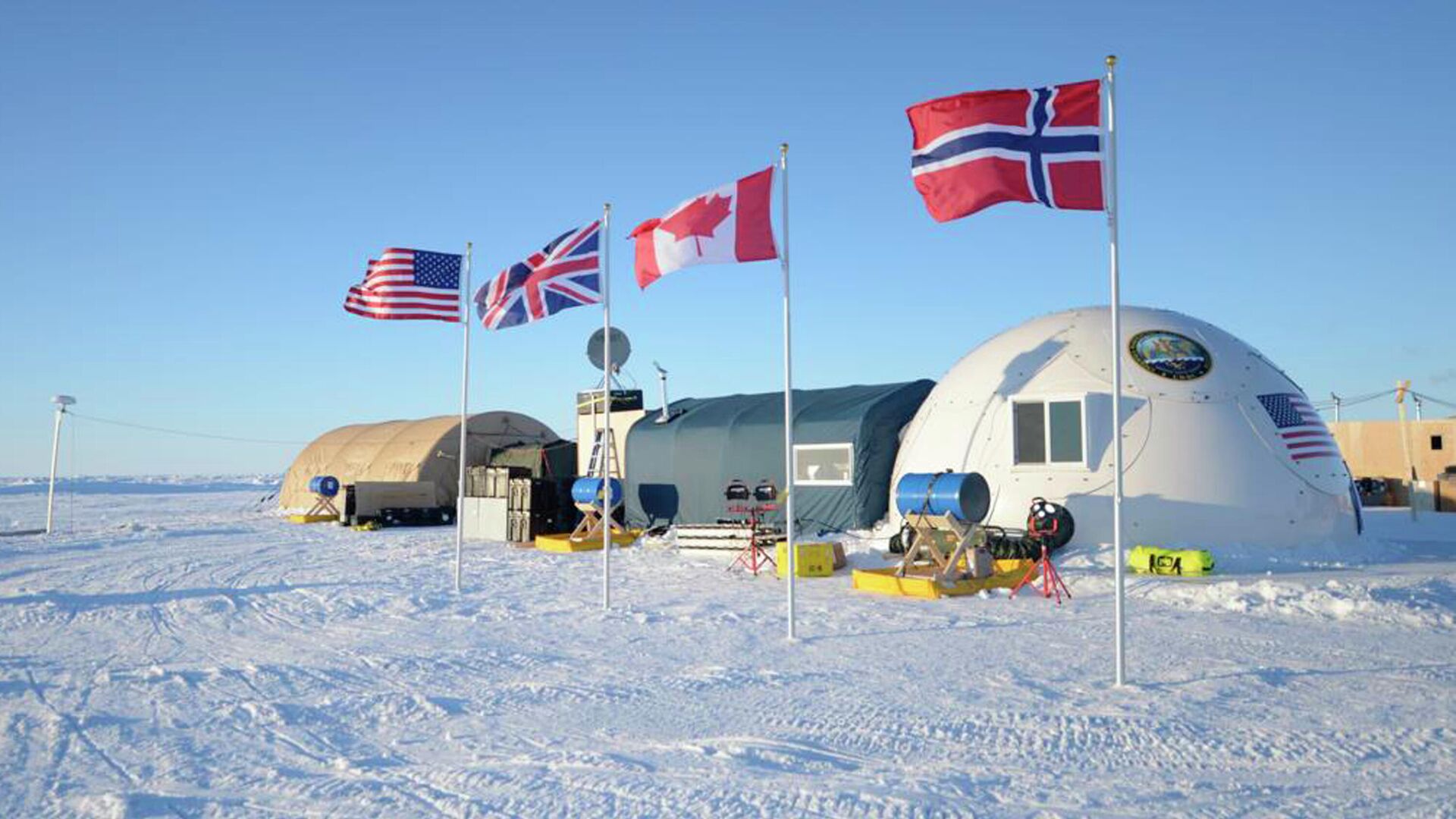https://sputnikglobe.com/20220826/stoltenberg-says-nato-interested-in-arctic-as-ice-melts-area-becomes-accessible-1100044507.html
Stoltenberg Says NATO Interested in Arctic as Ice Melts, Area Becomes Accessible
Stoltenberg Says NATO Interested in Arctic as Ice Melts, Area Becomes Accessible
Sputnik International
MOSCOW (Sputnik) - NATO Secretary General Jens Stoltenberg said on Friday that climate change is making the High North, the Arctic region, more attractive for... 26.08.2022, Sputnik International
2022-08-26T20:19+0000
2022-08-26T20:19+0000
2022-08-26T20:19+0000
world
nato
china
arctic
russia
https://cdn1.img.sputnikglobe.com/img/07e5/0c/01/1091174343_0:144:3000:1832_1920x0_80_0_0_edfcd5b624f441a294a36fd09b271cb2.jpg
"Climate change is making the High North more important because the ice melting and it becomes more accessible both for economic activity and for military activity," Stoltenberg told a joint press conference with Canadian Prime Minister Justin Trudeau, following their meeting in Cold Lake, Canada.On Thursday, Stoltenberg also wrote for the Canadian newspaper "The Globe and Mail" that the cooperation between Russia and China in the Arctic posed a strategic challenge to the values and interests of the alliance, adding that Moscow "has significantly increased its military activity in recent years" in the region. The secretary general added that China is also expanding its presence in the region, declaring itself a "near-Arctic state" and planning to create a "Polar Silk Road" connecting it with Europe through the Arctic.Russian Defense Minister Sergei Shoigu previously said that the official participation of Helsinki and Stockholm in NATO strategic planning and the possible provision of the territory of these states for the deployment of strike weapons would change the security conditions in the Baltic region and the Arctic, and would require a revision of approaches to the defense of Russian territory.The Arctic region covers the territories of the eight Arctic states, namely Canada, Denmark, Finland, Iceland, Norway, Sweden, the Russian Federation, and the United States. In 1996, the said countries established the Arctic Council to address issues related to the region. In recent years, the discourse on the strategic application of the region and risks for the security of Russia and NATO countries has increased due to ice melting, resulting in both Moscow and the alliance reinforcing their northern fleets.Moreover, both sides are highly interested in the development of new trade and shipping routes. For Russia, it is the Northern Sea Route, connecting China and Europe and running along the Russian Arctic coast from the Kara Sea, along Siberia, to the Bering Strait. For Canada and the US, it is the Northwest Passage, which runs along the northern coast of North America via waterways through the Canadian Arctic Archipelago to Europe.
https://sputnikglobe.com/20220825/stoltenberg-says-russia-china-cooperation-in-arctic-poses-challenge-to-nato-1099995054.html
china
russia
Sputnik International
feedback@sputniknews.com
+74956456601
MIA „Rossiya Segodnya“
2022
Sputnik International
feedback@sputniknews.com
+74956456601
MIA „Rossiya Segodnya“
News
en_EN
Sputnik International
feedback@sputniknews.com
+74956456601
MIA „Rossiya Segodnya“
Sputnik International
feedback@sputniknews.com
+74956456601
MIA „Rossiya Segodnya“
nato, china, arctic, russia
nato, china, arctic, russia
Stoltenberg Says NATO Interested in Arctic as Ice Melts, Area Becomes Accessible
MOSCOW (Sputnik) - NATO Secretary General Jens Stoltenberg said on Friday that climate change is making the High North, the Arctic region, more attractive for the alliance militarily and financially.
"Climate change is making the High North more important because the ice melting and it becomes more accessible both for economic activity and for military activity," Stoltenberg told a joint press conference with Canadian Prime Minister Justin Trudeau, following their meeting in Cold Lake, Canada.
He further noted that NATO is concerned about Moscow's activity in the region, and that the new strategic concept of the bloc "identifies Russia's capabilities in the high North as a strategic challenge for the whole Alliance." At the same time, Stoltenberg said that if Sweden and Finland join NATO, "seven out of eight Arctic nations will be NATO members."
On Thursday, Stoltenberg also wrote for the Canadian newspaper "The Globe and Mail" that the cooperation between Russia and China in the Arctic posed a strategic challenge to the values and interests of the alliance, adding that Moscow "has significantly increased its military activity in recent years" in the region. The secretary general added that China is also expanding its presence in the region, declaring itself a "near-Arctic state" and planning to create a "Polar Silk Road" connecting it with Europe through the Arctic.

25 August 2022, 14:03 GMT
Russian Defense Minister Sergei Shoigu previously said that the official participation of Helsinki and Stockholm in NATO strategic planning and the possible provision of the territory of these states for the deployment of strike weapons would change the security conditions in the Baltic region and the Arctic, and would require a revision of approaches to the defense of Russian territory.
The Arctic region covers the territories of the eight Arctic states, namely Canada, Denmark, Finland, Iceland, Norway, Sweden, the Russian Federation, and the United States. In 1996, the said countries established the Arctic Council to address issues related to the region. In recent years, the discourse on the strategic application of the region and risks for the security of Russia and NATO countries has increased due to ice melting, resulting in both Moscow and the alliance reinforcing their northern fleets.
Moreover, both sides are highly interested in the development of new trade and shipping routes. For Russia, it is the Northern Sea Route, connecting China and Europe and running along the Russian Arctic coast from the Kara Sea, along Siberia, to the Bering Strait. For Canada and the US, it is the Northwest Passage, which runs along the northern coast of North America via waterways through the Canadian Arctic Archipelago to Europe.



